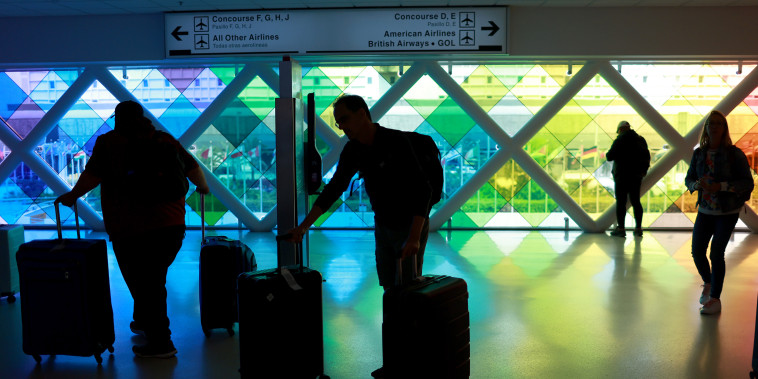Air Travel Demand is Breaking Records, Airline Profits are not… The global airline industry has been experiencing unprecedented challenges during the COVID-19 pandemic. While air travel demand has been soaring to new heights, airline profits are lagging behind, creating a disparity in the industry. Let us explore the various factors contributing to this dilemma and how airline companies are adapting to this changing landscape.
The surge in air travel demand can be attributed to various factors such as the easing of travel restrictions, pent-up demand from lockdowns, and the rollout of vaccines. People are eager to travel again, whether for business or leisure, leading to a significant increase in passenger volumes for airlines. However, despite this influx of passengers, airline profits continue to face hurdles due to a combination of factors.
One of the primary challenges faced by airlines is the increase in operating costs. With health and safety protocols in place, airlines have had to invest heavily in implementing measures to ensure the well-being of passengers and staff. This includes enhanced cleaning procedures, social distancing measures, and the requirement for personal protective equipment. These additional expenses have put a strain on airline finances, offsetting the gains from increased passenger numbers.
Moreover, the ongoing uncertainty surrounding the pandemic has made it challenging for airlines to plan for the future. Fluctuating travel restrictions, changing quarantine requirements, and the emergence of new virus variants have created a volatile operating environment for airlines. This unpredictability makes it difficult for airlines to forecast demand accurately and adjust their schedules and pricing strategies accordingly.
Furthermore, the uneven recovery of the global economy has impacted the profitability of airlines. While some regions are experiencing a faster rebound in air travel demand, others are still struggling to recover. This disparity in economic recovery has led to uneven passenger distribution for airlines, with some routes being more profitable than others. Airlines are faced with the challenge of optimizing their route networks to maximize revenue while balancing the needs of different markets.
In response to these challenges, airlines have been implementing various strategies to improve their financial performance. Cost-cutting measures, such as reducing capacity, renegotiating supplier contracts, and streamlining operations, have been adopted to mitigate the impact of increased operating costs. Airlines are also focusing on revenue-generating initiatives, such as introducing new ancillary services, optimizing pricing strategies, and enhancing customer loyalty programs.
Additionally, airlines are exploring new business models and partnerships to diversify their revenue streams and adapt to the evolving travel landscape. This includes expanding into cargo operations, offering charter services, and forming strategic alliances with other airlines and travel companies. By diversifying their offerings and revenue sources, airlines can buffer themselves against sudden shifts in passenger demand and economic conditions.
Despite the challenges faced by the airline industry, there is optimism for the future. As vaccination rates continue to rise and travel restrictions ease, air travel demand is expected to continue its upward trajectory. Airlines that can adapt to the changing market dynamics, innovate their business models, and prioritize customer satisfaction are poised to emerge stronger from the current crisis. With strategic planning, agility, and a customer-centric approach, airlines can navigate the complexities of the post-pandemic world and chart a path towards sustainable profitability.
